A half century ago, a series of monumental events took place over the course of one calendar year that would change the world and leave an indelible mark on history as one of the most culturally defining years to date. In this four-part series, we take a look back at life in 1969, as well as the people, places, and events of that year and their impact on society and the St. John’s community.
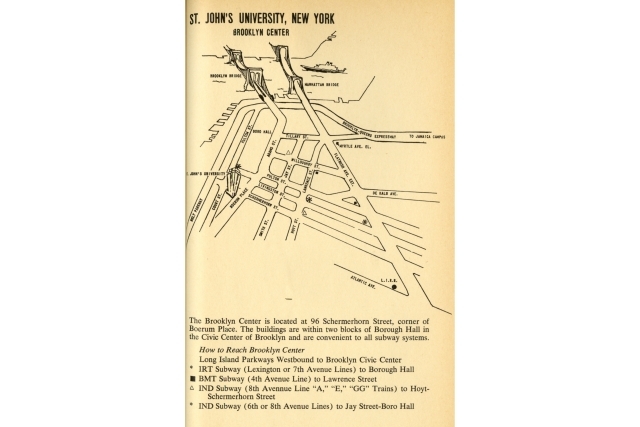
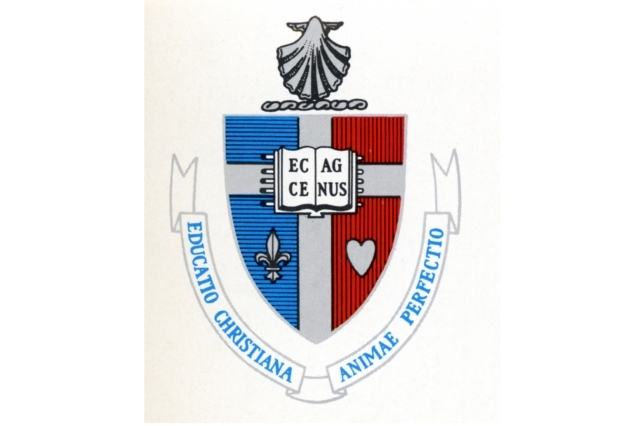
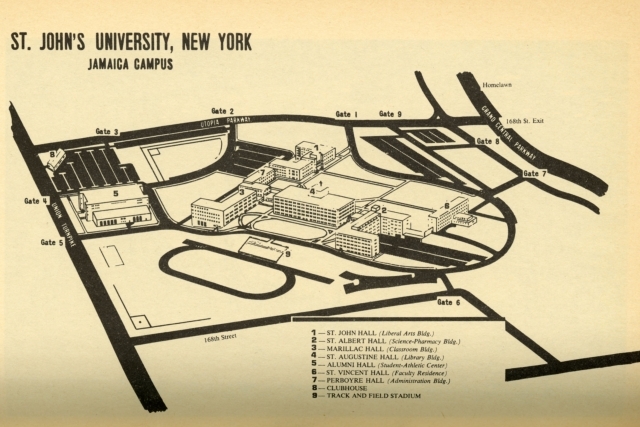
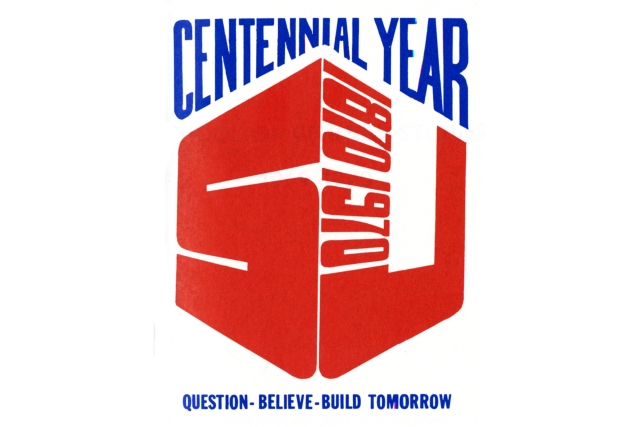
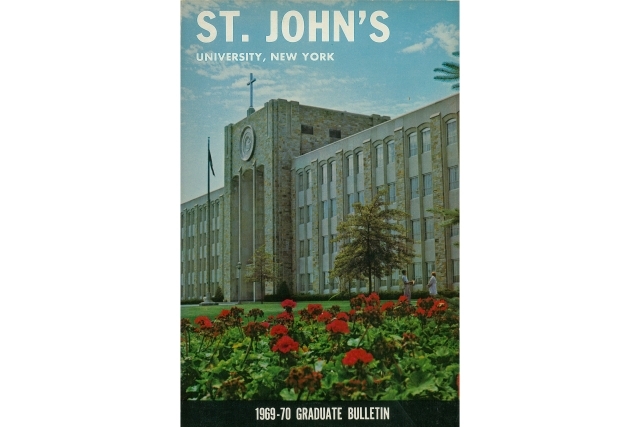





Part IV: Life on Campus in 1969
In 1969, St. John’s University was just one year away from its centennial anniversary. With a location on Schermerhorn Street in Brooklyn, NY, and a campus in Queens, NY (known then as the Jamaica campus), the University had grown substantially since its founding in 1870.
Ground had only been broken in Queens 15 years prior, and the campus was spartan in comparison to its present configuration. In fact, a campus map from 1969 included only nine buildings on campus, compared to the 37 structures listed on the current map.
While St. John’s currently has an enrollment of more than 21,000, in 1969 that number was approximately 13,200. A commuter school that largely served the five borough of New York City, as well as Nassau and Suffolk counties, residence halls at St. John’s were still more than 30 years away.
“The University was primarily a ‘day hop’ school,” recalled Thomas Fitzpatrick ’69CBA. “Since there were no dormitories, friends whose homes were outside of commuting distance lived in apartments off campus.”
The University did, however, offer a total of three dining options for students and faculty at the Jamaica campus: a cafeteria in St. Albert Hall, and snack bars in Marillac Hall and St. John Hall.
“I remember running to the cafeteria to grab a quick burger and a Coke,” said Sandra Rogers ’69GEd, ’75PD, who would make the trip to the Queens campus after spending a full day teaching middle school mathematics in Brooklyn, NY. “After class, I had to leave right away to go home and grade homework for 160 of my own students.”
What she remembers most from those days is the camaraderie with her fellow students. “I was part of a study group that included a nun, a priest, and a minister,” she said.
The group met every weekend to prepare notes in preparation for their comprehensive exams. “After the test, we all got called into the dean’s office because he wanted to know how we scored so high on the exam. I guess it was the hard work.”
At the time, the College of Professional Studies was simply referred to as the School of General Studies (from 1972 to 1999 it would be known as St. Vincent’s College), while The Peter J. Tobin College of Business was known as the College of Business Administration.
The School of Law did not yet have a presence in Queens and was located approximately 11 miles to the west, inside the Brooklyn Center at 96 Schermerhorn Street. There, it was joined by divisions of the University’s other colleges and schools.
Brooklyn Center alumnus Paul F. Naughton ’69MBA has fond memories of his days at the Brooklyn Center. “My professors, all successful businesspeople, made sure we knew not only the theory but also the practical side of business,” he recalled. “We were taught to show up every day ready to perform to the best of our ability, and to listen to those speaking and make sure your mind was functioning before opening your mouth.”
In the world of athletics, the men’s basketball team split its games between Madison Square Garden and Alumni Hall (now known as Carnesecca Arena). At the time, the building featured a swimming pool where today stands the fitness center.
“The basketball team was one of the things that would bring the ‘day hop’ students back to campus or to Madison Square Garden as a community,” recalled Mr. Fitzpatrick. “That year, the team made it to its third consecutive NCAA Tournament.”
The men’s baseball team played its games on an unnamed field in the same general area of campus where Jack Kaiser Stadium stands today; however, batters faced south, since home plate was located closer to Gate 3 along Utopia Parkway.
That year, the Red Storm Battalion US Army Reserve Officers Training Corps celebrated its first anniversary on campus, after becoming established at St. John’s in 1968. In December 1969, the Vietnam War Selective Service lottery—the first draft lottery in the US since World War II—was held, with September 14 being the date selected first. Individuals who were born on September 14 from 1944 to 1951 would be the first group of men to be drafted.
Just as today’s St. John’s students learn with the latest technology, so too did their 1969 counterparts. However, the late sixties variety of leading-edge technology was a far cry from today’s version. The University’s Data Processing Center, located in Perboyre Hall (now Newman Hall), featured state-of-the-art IBM punch card equipment and Honeywell H-1250 computers which were “capable of handling as many as 40 stations.”
To prepare students for the careers in this novel world of computer technology, the University offered several computer science courses, which covered areas such as “information retrieval, numerical control of tools, and telecommunications.”
In the spring of 1969, students at the University’s Brooklyn Center called for a resolution to end the University’s dress code, which up until that time called for jackets and ties for men and a ban on slacks, shorts, and sneakers for women. On September 1, 1969, the dress code was lifted, with a simple statement that read: “The determination of dress and general appearance is left to the discretion of the individual student.”
In the 1969–70 St. John’s Course Catalog, the objectives of St. John’s include the line “to offer men and women, in a Catholic atmosphere, the opportunity to achieve for themselves a higher education in the liberal arts and sciences and to prepare for certain careers.”
While so much has changed over the past 50 years, it is clear that the purpose of St. John’s remains intact as the University approaches its 150th anniversary.
According to Mr. Fitzpatrick, he cherishes his experience at St. John’s and the lifelong friendships he forged at the University. “People are amazed that I still have friends from St. John’s,” he said. “It was a special place at a special time.”
In other news from 1969….
- ARPANET, a computer network that would be the basis for the internet, was launched.
- The Stonewall Uprising, a catalyst for the gay rights movement in the United States and around the world, began when the New York Police Department raided The Stonewall Inn in New York City.
- Clothing retailer, The Gap, opened for business in San Francisco, CA.
- Wendy’s and Cracker Barrel restaurants first opened their doors.
- The Boeing 747 took flight.
- The Beatles performed their final concert on the rooftop of Apple Studios in London.
- The nation’s first automated teller machine (ATM) was installed at Chemical Bank in Rockville Centre, NY.
- On TV, The Brady Bunch, Sesame Street, and Monty Python’s Flying Circus all premiered.
